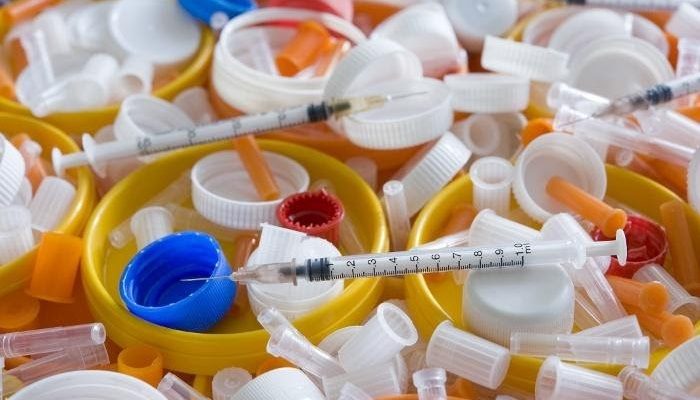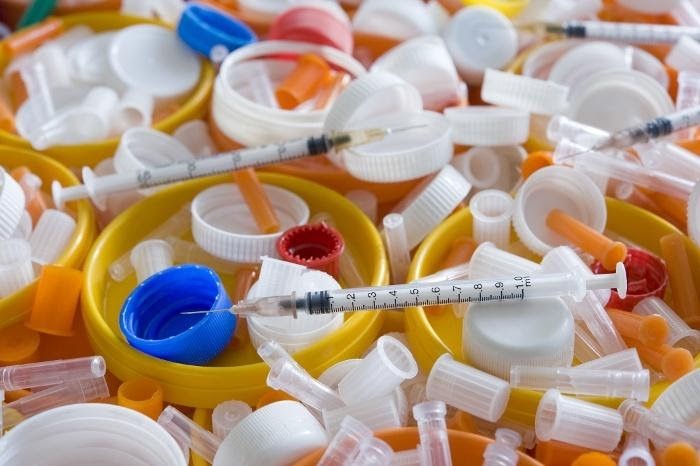The healthcare industry is among the most important industries in the world, perhaps, the most important seeing as it deals with human life. Over the years, advancements in technology have brought about important improvements in this industry. Thanks to new and improved drugs, medical equipment, deeper research into how the human body works the average life expectancy for men is now at 76 years and 81 years for women.
Compared to the last century that had much less quality healthcare and medicines, this is a phenomenal increase. At the turn of the century, life expectancy at birth was 46 years for men and 48 years for women. By mid-century, it had increased to 66 years for men and 71 years for women. So, we can see the giant strides that are being made by advancements in medical science and public health. Visit https://sjbpublichealth.org/200-years-public-health-doubled-life-expectancy/ to learn more about how public health has helped double life expectancy.
Of all the advancements in the healthcare industry, the invention of medical-grade plastics is no doubt one of the most appreciated in modern medicine. These plastics are revolutionizing the industry as tools that were traditionally made of ceramics, glass, and steel are now being manufactured with plastic. This material is not only cost-effective but also durable. Today, different treatments procedures even include medical plastic.
In this piece, we’ll explain what they are and how the healthcare industry is benefiting from them.
What are Medical Grade Plastics?
First off, the term “medical grade” is used for any product that is available from a company operating under a physician’s license. That is, these companies employ a medical expert that oversees the entire manufacturing process.
Medical plastics are specially fabricated to withstand chemicals, corrosion, and high temperature. This is deliberately done in order for them to handle just about any condition they would be used in. From repeated sterilization to bodily fluids, this material can withstand anything, which is why they are very durable. Widely used polymers in the industry include polycarbonates, polyethylene, and polypropylene.
Polycarbonates
Polycarbonates are used in a broad range of applications; however, they are most well-known to withstand strong impacts and high temperatures. They are used widely in protective gear and several medical devices. Thanks to their heat-resistant properties, polycarbonates can be formed at room temperature without breaking or cracking as they are highly pliable.
Polyethylene
Polyethylene, like polycarbonates, is a versatile, durable thermoplastic used in different applications. Several properties including its low moisture absorption rate, resistance to chemicals, and impact resistance make it an ideal medical grade plastic.
Polyethylene doesn’t fade, can withstand harsh cleaning agents, and doesn’t retain harmful microbes. It is also a commonly used plastic medical grade for implants because it is biologically inert and doesn’t degrade in the body.
Polypropylene
This polymer is cost-effective and is largely used for steam-sterilized medical devices. Polypropylene is not only steam-resistant but also durable as it can be reused more than once. Its recyclability also makes it ideal for this industry.
Advantages of Medical Grade Plastics
The following are some advantages this material has to offer to the healthcare industry:
Versatility
They have a very broad range of applications, and a few may be surprising to people who aren’t in the industry. Replaceable healthcare products such as intravenous (IV) tubes, bedpans, and inhalation masks are now being made with plastic. You’ll be interested to know that they are used in pill casings and different internal implants. In fact, a significant part of what can be found in hospitals today is made of some form of plastic.
Cost-Effective
In modern medicine, they are highly sought-after for several reasons including longevity, low manufacturing costs, and a wide range of applications. Unlike metal and glass equipment that can be corroded and shattered, respectively, plastic cannot be affected by any of those two factors. Although some tools made from the material are designed to be disposable, others are fabricated to withstand repeated sterilizations which makes them quite durable.
Improved Quality of Life
Medical-grade plastics are making life better for patients, including amputees. Thanks to injection moulding, the material can be easily personalized allowing for easy manufacturing of prosthetics that are lightweight and durable. Also, there are plastics that are hypoallergenic. These ones can be used for patients with allergies as it lowers the risk of reaction to treatments. Click here to learn more about the meaning of hypoallergenic.
Environmentally Friendly
Highly recyclable, they have become one of the most sustainable materials for healthcare equipment. Using plastics, medical workers can meet several healthcare demands while remaining environmentally responsible.
Final Thoughts
There are so many advantages that the healthcare industry enjoys from using medical-grade plastics. However, of all of them, the fact that they are infection-resistant may be the most important advantage. Since they are manufactured using antimicrobial materials, experts claim that they can reduce bacterial infection by up to 99.9%.



